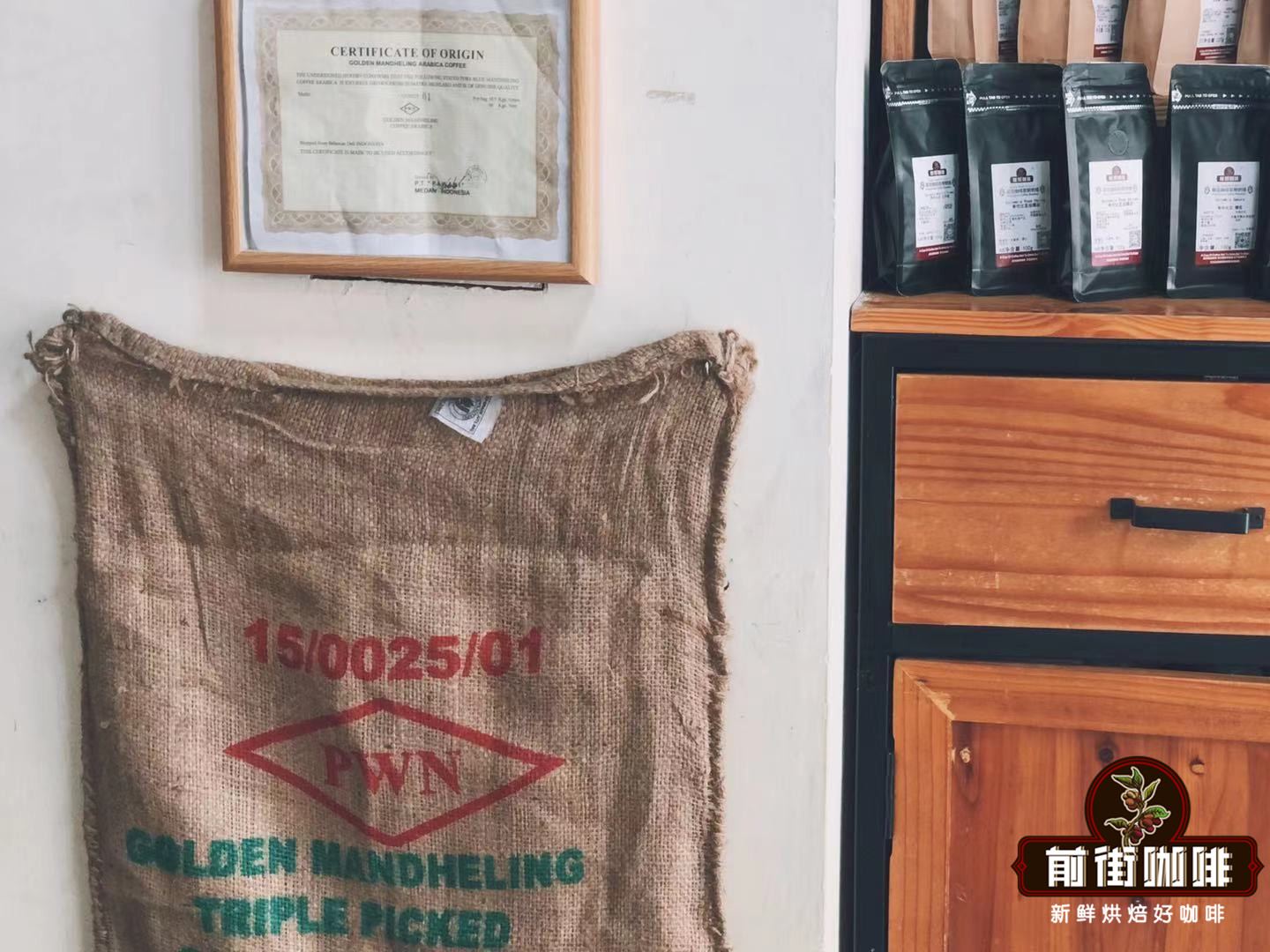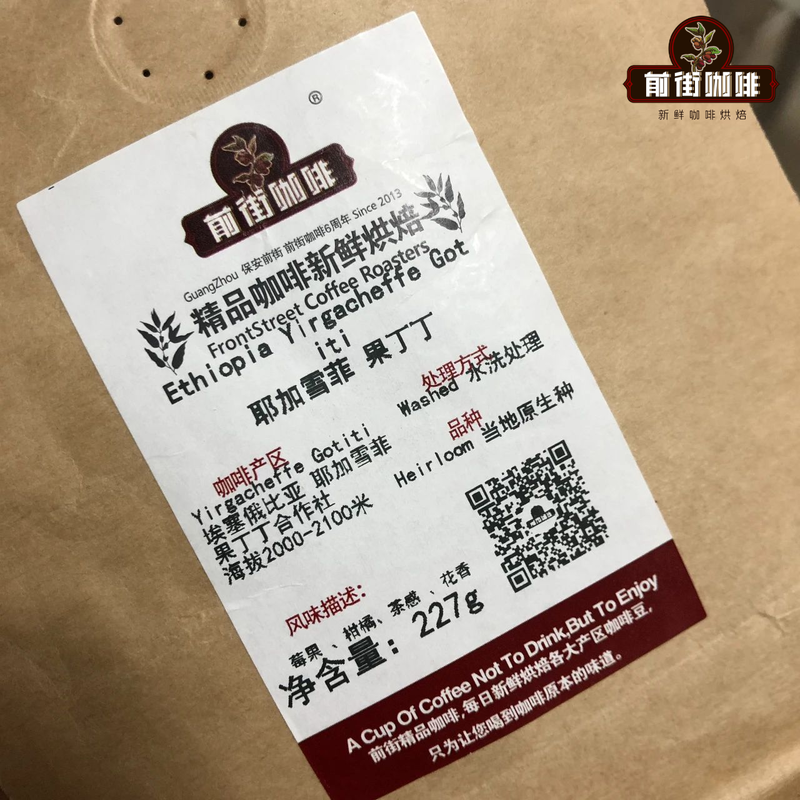Rosa Coffee Bean | introduction of boutique coffee bean production areas in Rosa Village, Ethiopia. Is Rosa Coffee from Panama?
The rose summer species was discovered and became famous in Panama, so that many people think that it is a native variety of Panama. However, in a series of traceability work, it was found that the source of Panamanian summer and the neighboring African continent, but the exact species has not been found so far.
In 2009, mule owner, BOP judge Willem Boot and coffee documentary director Adam Overton found many wild coffee varieties in the Gere Coffee Forest in the Banchimaji area. Among them, Ethiopia's native wild roses were planted in summer, so they picked the seeds of the rose tree. And took it to Rosa Village (the area where it is rumored to be the most likely to find the original Rosa variety) and set up a name Gesha Village Coffee Estate (Rosa Village Coffee Manor).

The estate covers an area of 471 hectares and more than 3/4 of the land is used for coffee cultivation. The coffee beans in Ruoxia Village are famous for their high complexity of flavor and strict quality classification, and many varieties have been planted, such as "Gorixia", "Rosa 1931", "Illubabor Forest1974" and so on.

The manor pays attention to the information management of coffee beans, and the number of planting plots is very detailed, which is convenient for future management and traceability of varieties. Similar to the classification of Panamanian jadeite manor, there are competitive bids, red bids and green bids, but in different places, in gold bids and Chaka batches. The top batches are competitive bids with an annual yield of only 3.7% and gold lots of 10%.

The top batch of Qianjie coffee, such as gold standard and red standard, was introduced and brewed in the standard store of Qianjie.
Jinbiao exudes the characteristics of rosy summer coffee, such as floral aroma, citrus, berry sweetness and so on.
Important Notice :
前街咖啡 FrontStreet Coffee has moved to new addredd:
FrontStreet Coffee Address: 315,Donghua East Road,GuangZhou
Tel:020 38364473
- Prev

Ethiopian Coffee Bean | Flavor introduction of boutique coffee beans in Guoding Cooperative. Independent producing areas in the cooperative area.
Most of the coffee cultivation in Ethiopia is in the form of cooperatives, and the famous Waka cooperative is represented. With the single producing area flavor emphasized by the boutique coffee wave, many independent producing areas have been found and independent. The same is true in the Waka cooperative producing areas, more plots and coffee produced by cooperatives.
- Next

Kenyan coffee beans | introduction of Kenyan boutique coffee beans production areas. What is the difference between K72 treatment and universal treatment?
The flavor of coffee is inseparable from the soil in which it grows. Bright sour has always been the regional flavor of Kenyan coffee, although its coffee industry was introduced during the British rule in the 20th century, and its goal of high-quality products has led to a rapid increase in its development speed and market popularity. The British stayed from France in 1883
Related
- Guji coffee producing area of Guji, Ethiopia: Humbela, Shakiso, Wulaga
- What is the most expensive variety of Qiloso in BOP multi-variety group?
- How to store the coffee beans bought home?
- Why are Yemeni coffee beans so rare now?
- Ethiopian Sidamo all Red Fruit Sun Sun Santa Vini Coffee beans
- SOE is mostly sour? What does it mean? Is it a single bean? what's the difference between it and Italian blending?
- Is Italian coffee beans suitable for making hand-brewed coffee?
- How to choose coffee beans when making cold coffee? What kind of coffee beans are suitable for making cold coffee?
- Just entered the pit to make coffee, what kind of coffee beans should be chosen?
- Can only Japan buy real Blue Mountain Coffee? What are authentic Jamaican Blue Mountain coffee beans?

